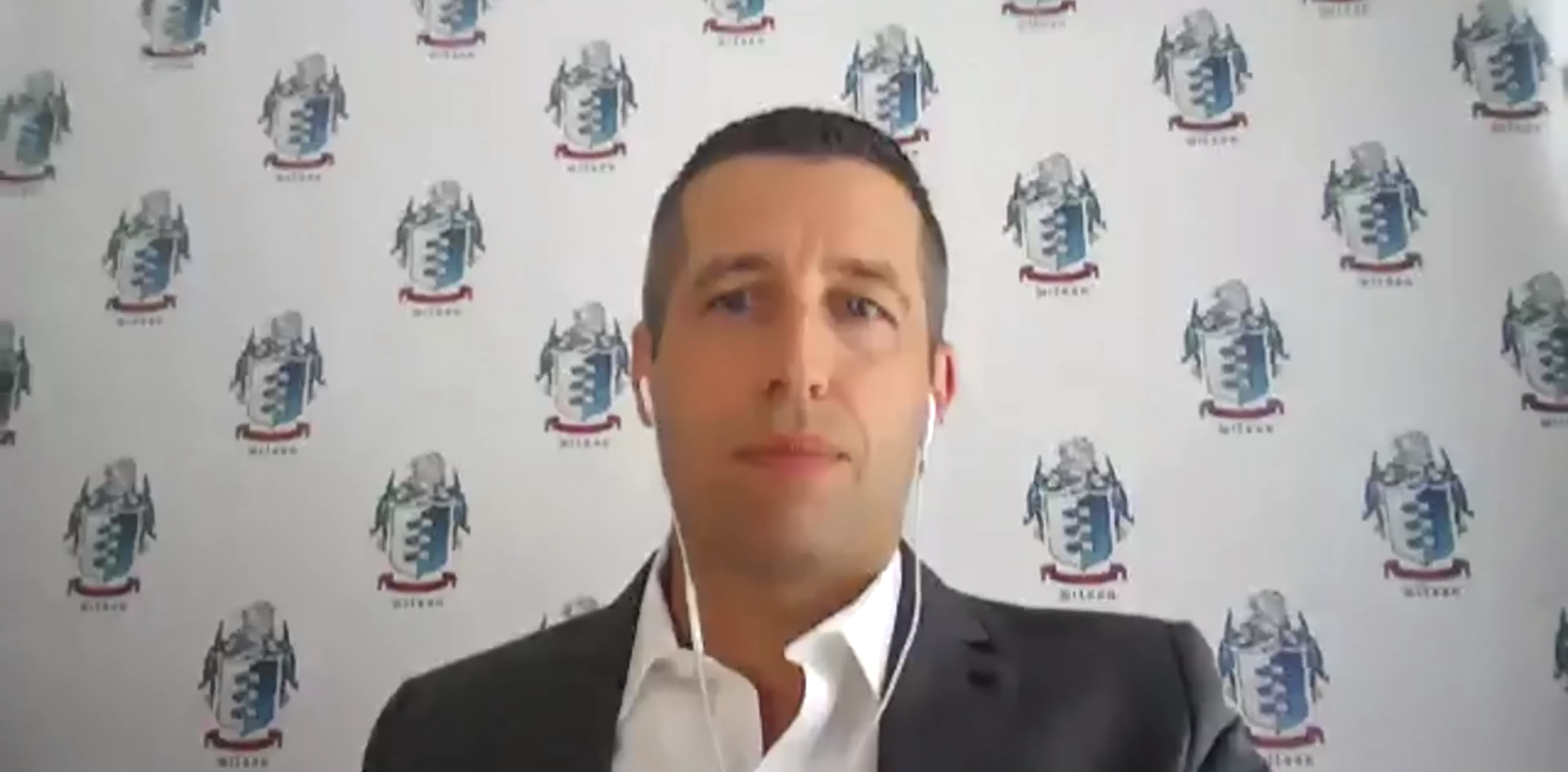On a recent trip to India to speak at a couple of Family Office conferences, Richard recorded this video on different capital structures and sources to keep in mind when raising capital. Hello, this is Richard Wilson. I’m coming to you this morning from Mumbai, India. I actually just arrived last night. It’s just after sunrise here. There’s the Gateway of India behind me and some of the downtown area here. I just wanted to talk about something that came up at our event a few weeks ago in New York at CapitalCon. Many investment fund managers in the room are there to raise capital, meet with some of the family offices speaking, and learn how others are attracting investors. I had not heard of the independent sponsor fund model before, and it just made me realize that many of the people who follow our work, our videos, read the books that I write, et cetera, aren’t familiar with all the options available to you when it comes to capital raising or just accessing capital of different types to invest, if you don’t have money to invest yourself. At the end of the day, that’s why people want to raise capital, obviously. I just want to quickly cover a bunch of these different options so that if you hear one of these words or these options that you hadn’t really considered before, and perhaps you dig into that and do some research on it or reach out to us to see how you could learn the basics of navigating that option. Obviously, some easy options that everyone knows are available would be traditional bank debt, credit card debt, using short-term loans, either from a community bank, leveraging a asset as collateral, or fans and friends and family and peer capital. They might give you a loan or they might invest in your project early on. Those are some of the most common sense, obvious forms of raising capital. Another way is to basically have a direct deal model, where you’re going to say, I don’t want an investment fund, I’m not going to have a independent sponsor model, I just want to raise capital deal by deal. This happens a lot in real estate. Somebody says, I have this single family home or I have this apartment building, and it’s a eight-plex, and it’s going to take 160,000 down, but you only have 50,000 and put down. Maybe someone else puts down 110,000, and maybe you don’t share it 50/50, but he gives you a few percentage points, five or 10 percentage points for helping manage the deal, for finding the deal or brokerage fee upon closing, et cetera. That would just be an example of a deal by deal basis of raising capital, which is very popular and successful by the way, because it shows transparency to the investor. What is their money going towards, what’s the risk of that individual investment, not the risk of the strategy. It de-risks their perception of how smart you’re going to be on allocating their capital, which we’ll get to in a minute or two, with some of the other options. With the independent sponsor model, what you’re saying is, look, we’ve done deal by deal investments, we’re good at it, we have this focus, the strategy of this team, this insight, this angle on the marketplace, please soft commit a certain amount of capital to our strategy, and then hard commit as projects come up. As money goes into those investments, whether it’s real estate or operating businesses or oil and gas, even, that we would take a performance fee or an asset management fee, or brokerage fee, or all of the above, on those specific investments. Still not blind pool, meaning you know what’s going into the investment. You pick and choose the investments that you like. Again, it’s not as risky as going into a fund in terms of transparency, but this again is popular, and it’s growing in popularity. This is the model that people just didn’t even know existed in the room at our last event.

Close







